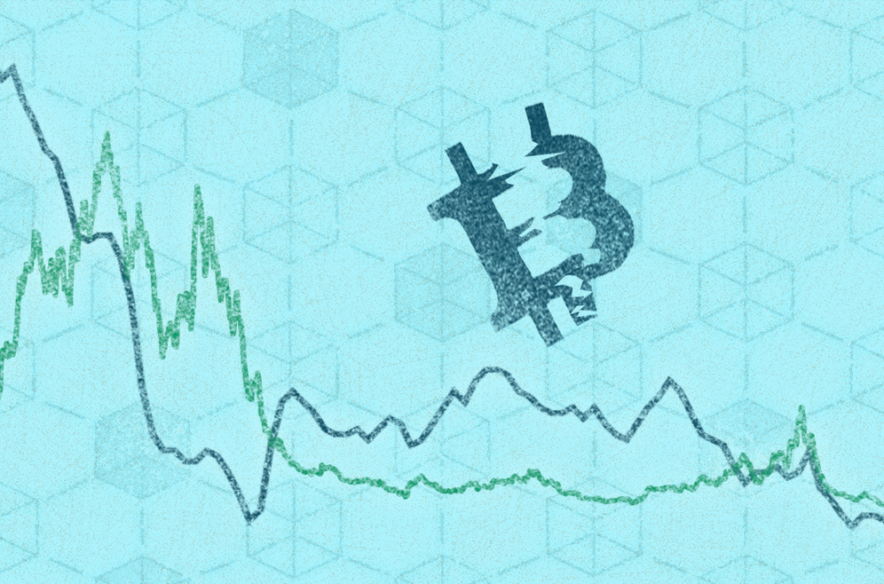
The cryptocurrency market is melting down. But it’s also in the deep freeze of this year’s crypto winter.
November was a catastrophic month for crypto, even by its own volatile standards. FTX, one of the biggest and fastest crypto exchanges in the world, rocked the crypto world to its core when it filed for bankruptcy Nov. 11. Bitcoin’s price dropped from over $20,000 to under $16,000 in a matter of days, and it still hasn’t recovered. Ethereum saw a similar decline, falling from above $1,600 to below $1,200 as the drama unfolded.
And the fallout isn’t done yet.
FTX’s implosion seems to have been only the beginning, with BlockFi filing for bankruptcy earlier this week. Other crypto entities, including major lenders like Genesis Global Trading, are trying to stay afloat and avoid their own bankruptcies.
“They’re all intertwined, because there’s a lot of connectivity in the DeFi space,” said Chris Kline, CRO and co-founder of Bitcoin IRA, a digital asset technology platform for individual retirement accounts. “It’s not a huge market yet so one affects the others.”
We’re just about a month out from this being the longest crypto bear market so far. Like prior crypto winters, today’s bear market is marked by price drops of nearly 80% since the previous all time high. But unlike prior winters, the economic circumstances surrounding the current market are much more fraught. Inflation is at historic highs, layoffs are increasing, and a potential recession may be headed our way. Moreover, mounting scrutiny over FTX’s bankruptcy is turning regulators’ eyes toward crypto more than ever.
For crypto investors looking for guidance, the question is: What do these bankruptcies mean for the crypto winter, which had already been holding prices down throughout the year?
What Is the Effect of FTX’s Collapse On Crypto Winter?
The collapse of FTX probably deepened the lows we’ve seen this year, Kline said, but it’s impossible to say with certainty whether it’ll prolong the current bear market.
Crypto prices had been on the rise before the fall of FTX: bitcoin was just reclaiming $20,000 while ethereum went above $1,600 for the first time in more than a month. But FTX’s bankruptcy, which came swiftly following a bombshell Coindesk report that was published on Nov. 2, pulled those prices down to fresh lows.
“FTX is a little different from the other bankruptcies in this space,” Kline said. “In my opinion, there’s much more probably malfeasance and fraud happening on the FTX side … I think it damaged the public’s trust.”
Crypto is a retail-driven asset class, so public trust is huge in this ecosystem. “The trust factor is going to be huge as we bring those participants back into the marketplace or into the marketplace for the first time,” Kline said.